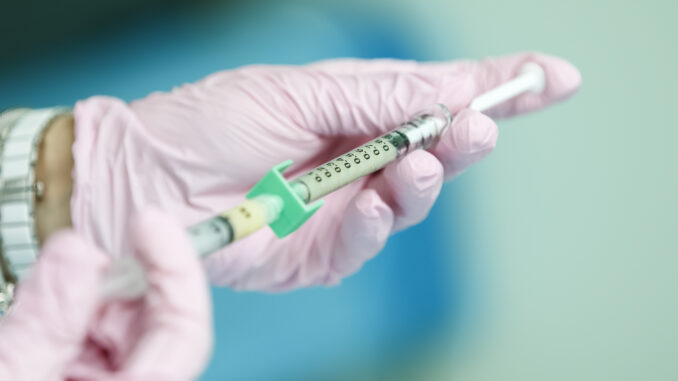The American pharmaceutical company Pfizer announced earlier this month that their development of a COVID-19 vaccine was 90% effective based on current testing, indicating that it will possibly become accessible in the near future. Shortly after, the American biotechnology company Moderna reported a rate of 94.5% effectiveness. Most recently, a vaccine developed by Oxford University and manufactured by AstraZeneca also announced their successes. This trio of statements was, perhaps, one of the first concrete instances of true optimism that we have received in months. Despite the initial happiness that this news inspired, I was met with a million questions about the distribution of the vaccine and how quickly it would protect our communities, especially those most vulnerable to the virus.
These inequalities—rooted in hateful and shameful bias—persist within the daily lives of people of color, even presenting themselves within something so seemingly simple as the accessibility to universal medical resources such as vaccines.
It’s no secret that racial inequalities exist within the healthcare sector, whether it be in the outstanding rates of maternal mortality among Black women, the forced sterilizations of Indigenous women, or the simple fact that modern medicine revolves around the white, European body (therefore invalidating the experiences of people of color in pain). These inequalities—rooted in hateful and shameful bias—persist within the daily lives of people of color, even presenting themselves within something so seemingly simple as the accessibility to universal medical resources such as vaccines.
The fear that the COVID-19 vaccine won’t reach minority communities is not irrational; in fact, we’ve seen it happen before. The 2009 swine flu pandemic is perhaps one of the best examples of this, which resulted in an estimated 284,000 global deaths during the virus’s two-year spread. This pandemic in 2009 saw social and racial inequalities being practically ignored in the process of vaccine distribution, leading to disproportionate rates of Black and Hispanic people in the US being hospitalized and dying from swine flu. In one of the first empirical studies on this vaccine distribution, it was concluded that “disparities in the risks of exposure, susceptibility (particularly to severe disease), and access to health care” caused increased morbidity and mortality in racial and ethnic minorities in the US. Not only were minorities affected more by this virus, but the vaccination process also fell short for minorities in which local officials reported significant racial disparities in the uptake of the vaccine.
This fear of a vaccine falling short for minorities is prominent today, now that the COVID-19 global death rate is approximately five times more than that of the 2009 swine flu. Vaccine distribution is a complex process that is made even more complicated when dealing with global distribution, including managing the prospect that higher-income countries will receive an unfair advantage over lower-income countries when a vaccine is ready. On a national level, however, the inequalities are seen in the smallest of details. Aspects that may seem simple, such as the placement of vaccination sites in wealthy white neighborhoods or sites that only appeal to English speakers, can be destructive to minority communities and their well-being. The COVID-19 vaccine distribution that we need must not only be aware of, but must directly address, the reality of systemic racism in our country.
…tough conversations must be had about these inherent inequalities persistent in the health sector.
Although there is some hope gained with the possible vaccine on the horizon, the current statistics continue to reflect an unequal and inequitable society. Racial and ethnic minorities, specifically Black people, are dying at much higher rates due to COVID-19 compared to any other group. Increased exposure due to economic inequalities, limited access to proper healthcare, and preexisting health conditions or racial stress all contribute to this. The prospect that these disproportionate rates cannot and will not be cured due to a limited and inadequate distribution of vaccines that only reaches elite white people is horrifying.
To mitigate this, tough conversations must be had about these inherent inequalities persistent in the health sector. In fact, they’re already beginning: several political opinion pieces and legal articles have trickled out about the ethics of vaccinating people of color first once a vaccine is released. It has been widely agreed-upon that those at high risk of contracting the virus and suffering severe symptoms—including those that work in the health field, have underlying health conditions, and the elderly—should have access first. But does this include people of color? I am grateful to the revived BLM civil rights movement that took place this summer in which much-needed discourse on racial inequalities in the healthcare sector are encouraged. Hopefully, this momentum will only continue in order to promote a quicker and more equitable vaccine distribution among BIPOC communities. The road ahead is long, and we aren’t sure of what’s next, but I simply hope that the life-threatening shortcomings of our past don’t persist in the upcoming distribution, it is far too important.








